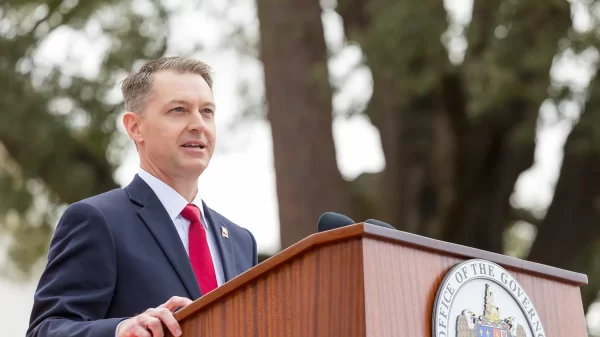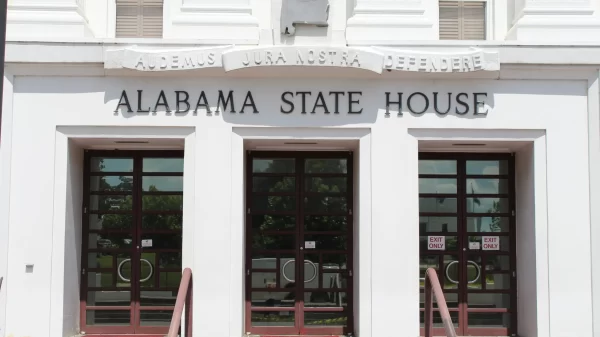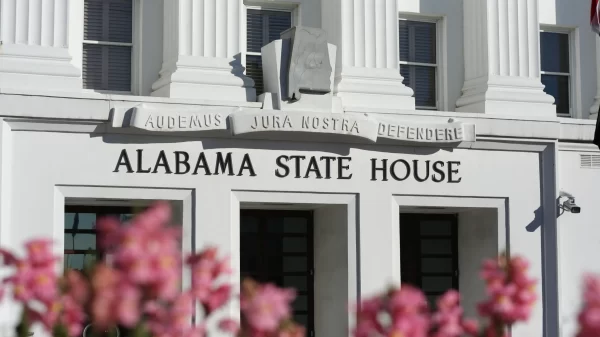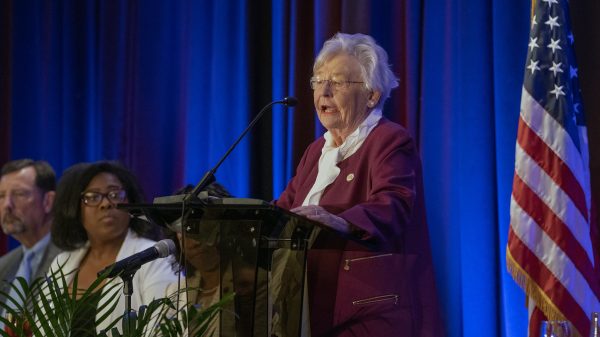U.S. Senator Richard Shelby (R-Ala.) announced final Senate passage of the Fiscal Year 2019 (FY2019) Defense Appropriations Act. The bill was included in the conference report to accompany H.R. 6157, the minibus appropriations package which also contains the FY2019 Labor, Health and Human Services, Education, and Related Agencies funding bill.
The package provides $674.4 billion in funding for the Department of Defense, which is an increase of $19.8 billion above the FY2018 enacted level. The House is expected to vote on the legislation next week. If the house passes it, the package will be sent to the President’s desk for his signature.
“This is the most significant step we have taken yet,” said Senator Shelby. “For the first time in a decade, we are sending a Defense spending bill to the President’s desk on time. Returning to regular order has required us all to sacrifice and work together for the good of the process. I want to thank my colleagues – particularly Leaders McConnell and Schumer and Vice Chairman Leahy – for their help in moving the Defense-Labor-HHS conference report before the Senate. This conference report contains critical funding for defense and domestic priorities. It accelerates the rebuilding of America’s military and provides our men and women in uniform with the largest pay increase in nearly a decade. It also increases NIH’s budget by $2 billion and provides critical resources to combat the opioid epidemic.”
The appropriations minibus conference report was approved in the Senate by a vote of 93 to 7.
The Department of Defense portion of the package contains funding for defense priorities throughout the state of Alabama.
“We must approve defense appropriations legislation to fund military readiness, procurement, and testing — all of which are required to keep U.S. military forces the best trained, equipped, prepared, and strongest force in the world,” continued Senator Shelby. “This historic legislation further highlights Alabama’s strong national defense capabilities and provides our state with the opportunity to continue producing essential tools to support our men and women in uniform. I am confident that this legislation will allow our defense programs to remain of the highest caliber.”
The Defense and Labor-HHS-Education bills represent the majority of discretionary federal spending. Neither has been signed into law before the end of the fiscal year in a decade. The measure provides an outline for military leaders to have the resources they need to meet current and future threats to U.S. national security.
The legislation includes items critical for the Wiregrass including: an additional $95 million for future vertical lift research, which will help accelerate development of helicopters flown at Fort Rucker; $10 million to upgrade Navy MH-60 Seahawk helicopters; $1.0 billion for Terminal High Altitude Area Defense (THAAD) missiles; $111 million for Long Range Anti-Ship Missiles (LRASMs) (The measure also encourages the Navy to evaluate the capabilities and costs of a surface-launched LRASM.); $307 million for Joint Air-to-Ground Missiles (JAGMs); $663 million for Joint Air-Surface Standoff Missile (JASSMs), which recently made its debut in strikes on Syria in response to their use of chemical weapons; $484 million for Hellfire missiles, which are made in Troy and used for training at Fort Rucker; $254 million for Javelin missiles for the Army and Marine Corps.
The legislation has provisions impacting North Alabama including: $11.1 billion for investments in researching transformational technologies to address modern and future Army warfighting needs; $10.4 billion for the Missile Defense Agency (MDA), including $1.1 billion to support urgent MDA unfunded priorities and emergent threats; $191 million for Standard Missile Improvements, which are built in Decatur, and supports work done by MDA at Redstone Arsenal and many local companies; $184 million in additional funding to further develop directed energy technology and transition these activities to both offensive and defensive capabilities; $664 million in additional funding to support and accelerate offensive and defensive hypersonics research and prototyping efforts; An additional $15 million to integrate Small Glide Munitions onto on Unmanned Aerial Systems (This highly successful weapon is used by Special Operations Command and built in Huntsville); $306 million in additional funding to expand and accelerate cyber research across the Department of Defense, including $127 million for Army cybersecurity research efforts and $116 million in Missile Defense Agency cybersecurity enhancements. This bill encourages the enhanced use of cyber red teams to address cyber intrusions that threaten our weapons systems, an area of particular excellence for Huntsville.
In space, the defense bill includes” $200 million in additional funding for Evolved Expendable Launch Vehicle (EELV) development efforts to ensure assured access to space. United Launch Alliance (ULA), which builds rockets in Decatur, continues to be seen as the most reliable and capable space launch provider.
The bill even includes Advanced Shipbuilding Capabilities with $15 million to establish North Alabama as a center for classified, high power large-scale electron beam welding. This technology is critical to new Navy Columbia-class submarines and many high-performance aerospace systems such as hypersonic reentry vehicles, scramjet missiles, and rocket and jet engine turbomachinery.
The legislation has provisions impacting Anniston including: $276 million for Hydra rockets, which are built in Anniston and fired from Army and Marine Corps helicopters; Funding for Army Vehicles which are overhauled and maintained at Anniston Army Depot (ANAD): $2.5 billion to continue modernizing M1 Abrams tanks; $393 million for Stryker vehicles, including an additional $94 million to support increased Stryker DVH A1 conversions; An additional $110 million for Paladin Integrated Management artillery vehicles; and $18 million in additional funding for M88A2 Hercules Improved Recovery vehicles.
The legislation also has provisions impacting Mobile’s shipbuilding industry including: Two additional Littoral Combat Ships (LCS); One additional Expeditionary Fast Transport (EPF) ship; An additional $700 million in Advance Procurement for LPD and LHA amphibious ships.
U.S. Senator Richard Shelby is the chairman of the Senate Appropriations Committee and chairs the Appropriations Subcommittee on Defense. Shelby has served the people of Alabama in the U.S. Senate since 1986.






















































